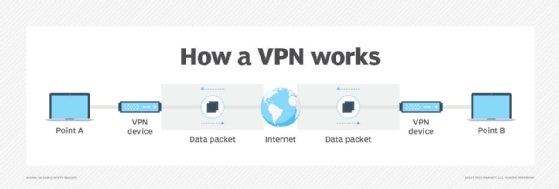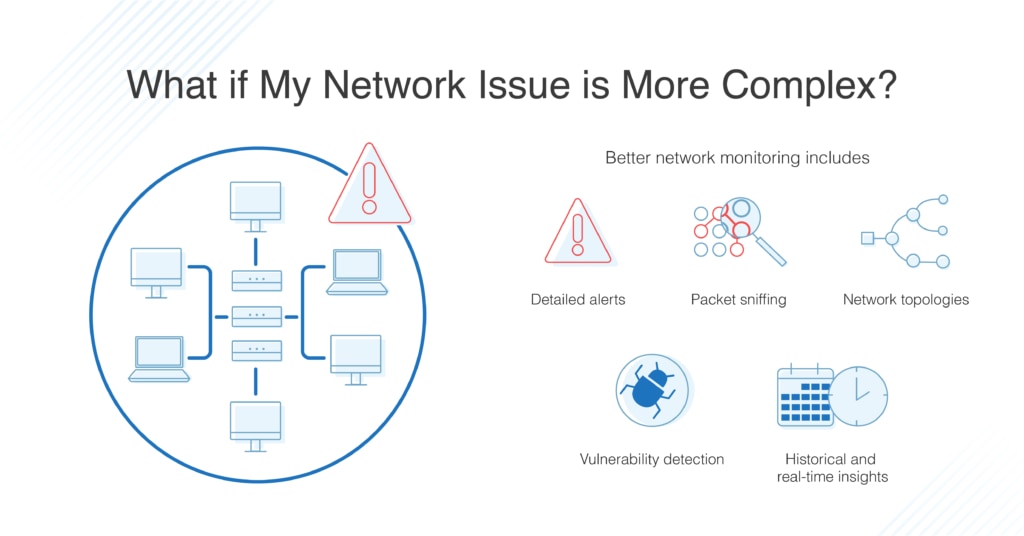Featured
Table of Contents
How To Fix A Vpn That's Not Connecting

The Routing and Remote Gain access to snap-in lives within the Microsoft Management Console, referred to as the MMC. There are several methods to access the MMC. You can select the console from the Start menu's Programs choices, within the Administrative Tools folder within Windows server's Control Panel or by typing mmc at a command timely.
As Tech, Republic's Brandon Vigliarolo demonstrates within his video at the start of this short article, the Services console displays the status of the Routing and Remote Access entry. From within the Providers console and with the Routing and Remote Access entry highlighted, you can click Start the Service or right-click the entry and select Restart.
In some cases the VPN customer and VPN server are set to utilizing various authentication approaches. Confirm whether an authentication error is the problem by opening the server console. Yet another method of accessing the MMC is to type Control+R to open a command timely in which you can type mmc and struck Enter or click OK.
If the entry isn't present, click File, choose Add/Remove Snap-in, pick the Routing and Remote Gain access to option from the choices and click Include, then OK. With the Routing and Remote Access snap-in added, right-click on the VPN server and click Characteristics. Then, evaluate the Security tab to confirm the authentication approach.
Troubleshooting Vpn Connection Issues On Windows
Ensure the VPN customer is set to the authentication approach defined within the Security tab. Usually the items simply reviewed are responsible for the majority of VPN connection refusal mistakes.
Each Web-based VPN connection usually uses 2 various IP addresses for the VPN customer computer. This is the IP address that's used to establish the preliminary TCP/IP connection to the VPN server over the Internet.

This IP address usually possesses the very same subnet as the regional network and hence permits the customer to interact with the local network. When you set up the VPN server, you need to configure a DHCP server to designate addresses to clients, or you can develop a bank of IP addresses to designate to clients straight from the VPN server.


If this choice is chosen and the efficient remote gain access to policy is set to allow remote access, the user will have the ability to connect to the VPN. I have actually been unable to re-create the circumstance personally, I have heard rumors that a bug exists in older Windows servers that can cause the connection to be accepted even if the reliable remote gain access to policy is set to deny a user's connection.
5 Common Vpn Issues And Solutions To Fixing Them

Another common VPN problem is that a connection is successfully developed but the remote user is unable to access the network beyond the VPN server. Without a doubt, the most typical cause of this problem is that permission hasn't been approved for the user to access the entire network. To enable a user to access the whole network, go to the Routing and Remote Gain access to console and right-click on the VPN server that's having the problem.
At the top of the IP tab is an Enable IP Routing check box. If this check box is allowed, VPN users will have the ability to access the remainder of the network, presuming network firewall softwares and security-as-a-service settings permit. If the checkbox is not chosen, these users will be able to gain access to just the VPN server, but nothing beyond.
For instance, if a user is calling straight into the VPN server, it's normally best to set up a fixed path in between the client and the server. You can set up a fixed path by going to the Dial In tab of the user's properties sheet in Active Directory Users and Computers and choosing the Apply A Static Path check box.
Click the Add Path button and after that get in the location IP address and network mask in the space provided. The metric ought to be left at 1. If you're utilizing a DHCP server to appoint IP addresses to clients, there are a couple of other issues that could cause users not to be able to surpass the VPN server.
Vpn Not Connecting? 8 Possible Reasons And Fixes
If the DHCP server assigns the user an IP address that is currently in use elsewhere on the network, Windows will discover the dispute and prevent the user from accessing the remainder of the network. Another common issue is the user not getting an address at all. Most of the time, if the DHCP server can't appoint the user an IP address, the connection won't make it this far.
If the client is assigned an address in a variety that's not present within the system's routing tables, the user will be not able to browse the network beyond the VPN server. Make sure the resources the user is attempting to gain access to are actually on the network to which the user is connecting.
A VPN connection to the other subnet might, in reality, be required. A firewall or security as a service option might likewise be to blame, so don't forget to examine those solutions' settings, if such components are present in between the VPN server and the resources the user seeks to reach.
The very first possibility is that one or more of the routers involved is carrying out IP package filtering. IP package filtering might prevent IP tunnel traffic. I suggest checking the client, the server and any devices in between for IP package filters. You can do this by clicking the Advanced button on each maker's TCP/IP Properties sheet, choosing the Options tab from the Advanced TCP/IP Settings Characteristic sheet, choosing TCP/IP Filtering and clicking the Characteristics button.
Latest Posts
The Best Business Vpn Services 2023
Best Vpn Solution For Your Business
Vpn Stopped Working: Here Are 4 Quick Tips To Get It Back